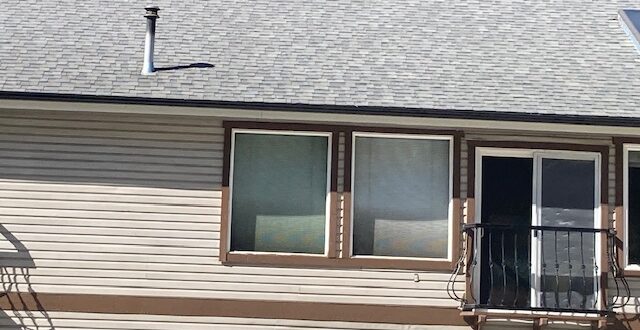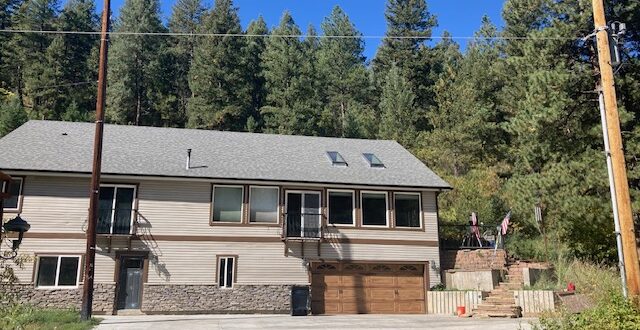A lot of houses now aren’t built with a chimney. There aren’t so many people with fireplaces anymore. If you’ve decided to add one in, then you will need a chimney. You may have also bought an existing home with a chimney, whether the fireplace is real or not. Chimneys and stovepipes offer another way for fires to get into the home. It’s important that you take steps to prepare them against wildfires. Get Chimney Caps Immediately The first step to take is to get chimney caps. They should be made from galvanized steel or copper if you can, as these two metals have a higher melting point. If you want a cheaper option, aluminum is there but it’s not
(719) 400-9104
office@coloradomastication.com
With the rise of wildfires, getting the right material for construction is essential. California was the main driver for fire-resistant construction, and now many other states have followed. However, there are dozens of standards, which makes understanding the fire ratings difficult for many. Class A or Class I Products Class A or Class I products are considered the best for managing fire risks. They are treated with the most flame-resistant chemicals, making it much harder for them to start a fire. These products are tested for 10 minutes to make sure they don’t see flames. This isn’t a national standard, but it’s a good one for many companies to follow. Class B or Class II Products The next level up

